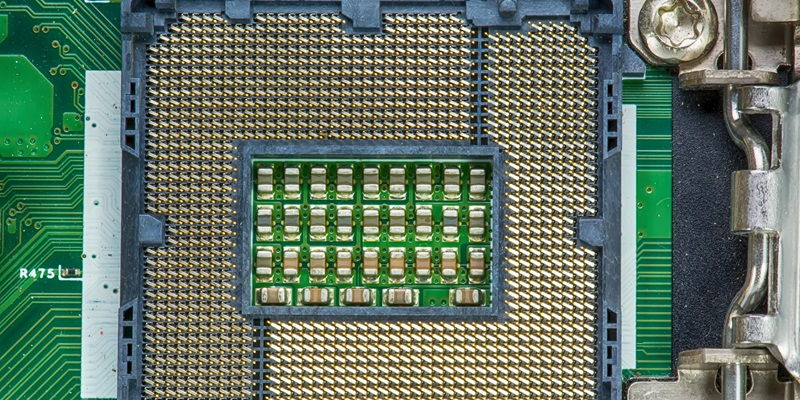AMD has made a significant move in the processor race by confirming compatibility with the upcoming Zen 5 architecture in the GCC 14 compiler. This nod to the future sets the stage for the brand to potentially exceed its rivals in the heated contest for CPU dominance. By preparing its infrastructure for cutting-edge processors, AMD’s announcement has generated excitement within the tech sphere, signaling its determination to lead in computational advancements. This proactive approach not only caters to current technological demands but also strategically positions AMD for future innovations. It’s evident that the company is looking beyond the horizon, priming its users for an era marked by enhanced processing power and efficiency. This news raises expectations for what the next generation of AMD CPUs will bring to the table in terms of performance and capability.
AMD Zen 5 Instruction Set Enhancements
The New Age of Data Processing
AMD’s Zen 5 architecture marks a significant stride in CPU technology, heavily focusing on improved data handling capabilities. It incorporates support for advanced instruction sets like AVX, AVX2, and selective AVX512 features, including the AVX-512 VP2INTERSECT, which enhances efficiency in data intersection operations. These additions make it well-suited for managing large datasets more effectively, catering to the ever-growing need for high-performance computing in various data-centric applications.
Beyond data processing, Zen 5 also emphasizes streamlining data transfer to memory. Instructions like MOVDIRI and MOVDIR64B facilitate direct memory access, ensuring low-latency transfers which are vital for applications where rapid data movement is critical. These include not just gaming platforms but also scientific computing where real-time processing is paramount.
Overall, AMD’s upcoming processors are set to deliver robust performance improvements, unlocking new potentials across diverse computing tasks.
Preparing for a Future of Advanced Computing
As processor technology advances, specialized areas such as cryptography and deep learning demand more robust computing capabilities. AMD’s forward-looking architecture will incorporate AVX-VNNI—specialized instructions to accelerate deep learning workloads. This is particularly important as AI and machine learning applications continue to grow in complexity and scale, requiring processors that can handle extensive mathematical computations efficiently.
Supporting such advanced instruction sets exemplifies AMD’s strategic positioning in powering secure data transactions and deep learning tasks that serve as the backbone of modern encryption algorithms and neural network operations, respectively. By enhancing the performance of such workloads, which are becoming pervasive in diverse sectors, AMD is setting the stage for processors that can meet the exacting demands of future technology landscapes.
GCC Compiler and Linux Ecosystem Support
Cementing Linux Partnership Relations
AMD’s inclusion of Zen 5 architecture in the GCC compiler is a testament to their respect for and collaboration with the open-source community. The importance given to the Linux ecosystem by AMD is undeniable as they ensure their processors cater to one of the most adaptable and secure operating systems in use today. By doing so, they are not just catering to an extensive developer community that supports Linux but also ensuring that their processors are ready for enterprise solutions that rely heavily on the Linux environment.
Linux being the preferred choice for many server applications, the support for Zen 5 showcases AMD’s enterprise and data center ambitions. The support in the GCC compiler might correlate with the release timeline of their new lineup, indicating a strategic preparation phase for software developers to optimize their codebases in alignment with upcoming hardware capabilities.
Strengthening the Open-Source Commitment
AMD’s integration of Zen 5 into GCC 14 is a strategic nod to open-source collaboration, paralleling Intel’s commitment to architecture support in development tools. This preemptive inclusion signals AMD’s confidence in their Zen 5 roadmap and a clear, transparent engagement with the developer community.
By embedding support for their next-gen CPUs ahead of launch, AMD secures a dual advantage. It hints at their anticipated release timeline and guarantees a mature ecosystem upon Zen 5’s arrival. This foresight is emblematic of AMD’s ethos, fueling anticipation for the transformative impact Zen 5 processors are expected to have in various computing sectors.
Their maneuver is savvy, as it ensures that when Zen 5 CPUs enter the market, there’s already an optimized suite of tools for programmers. Consequently, AMD’s updates enhance productivity and offer a peek into their future offerings, strengthening their position in a competitive industry.

